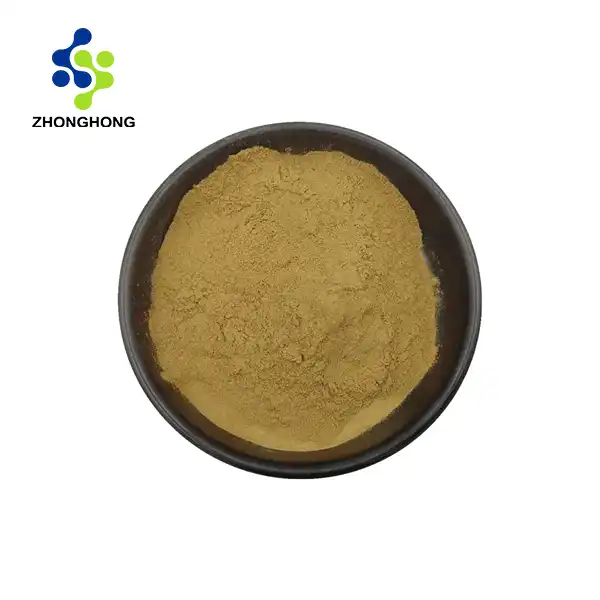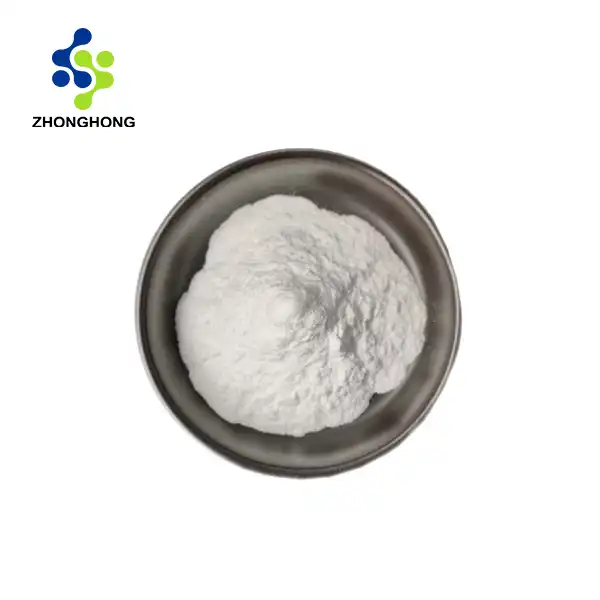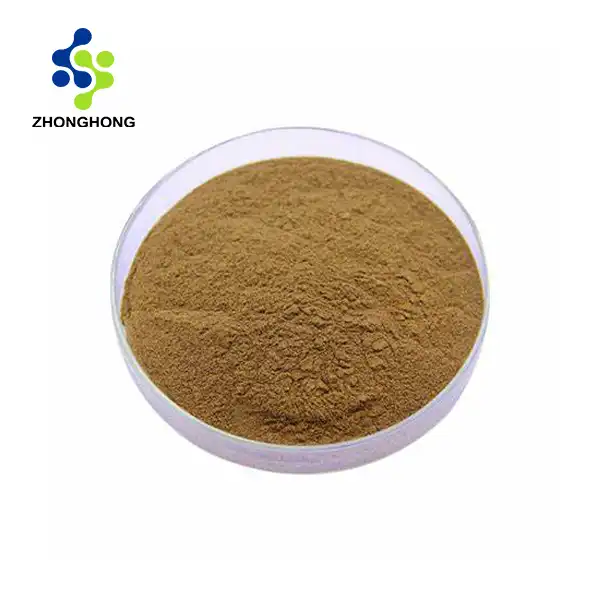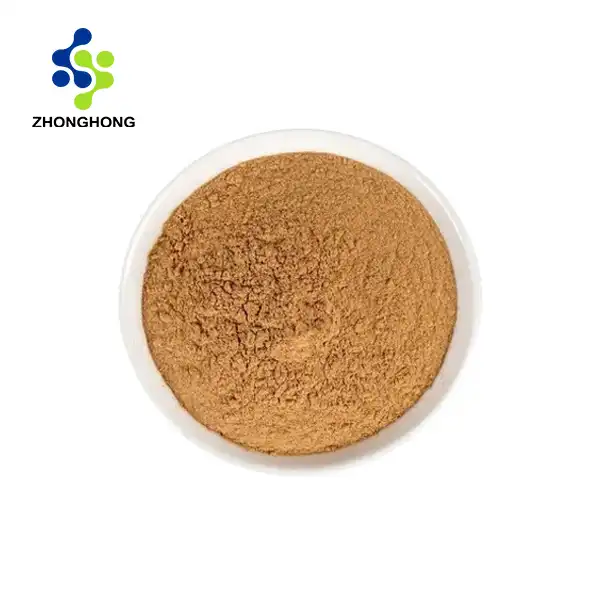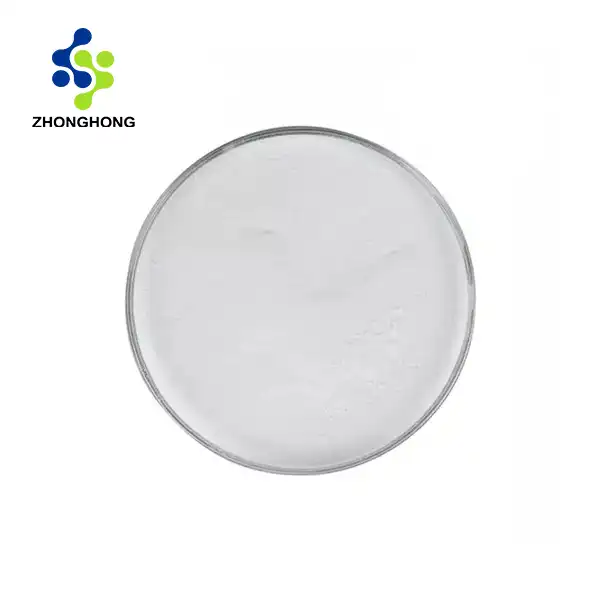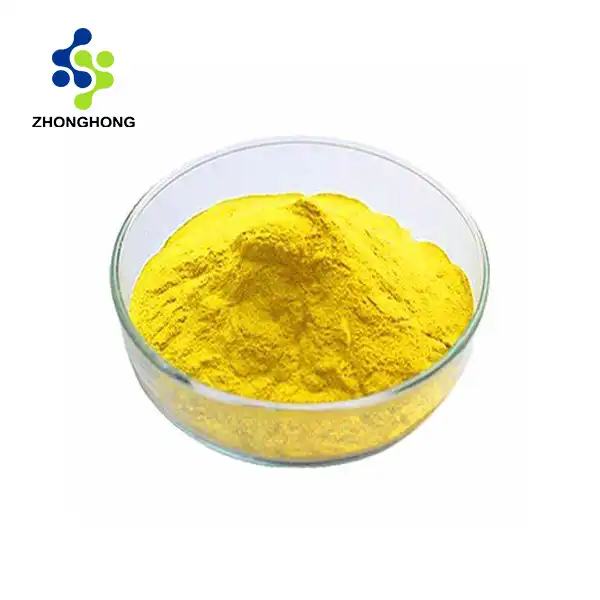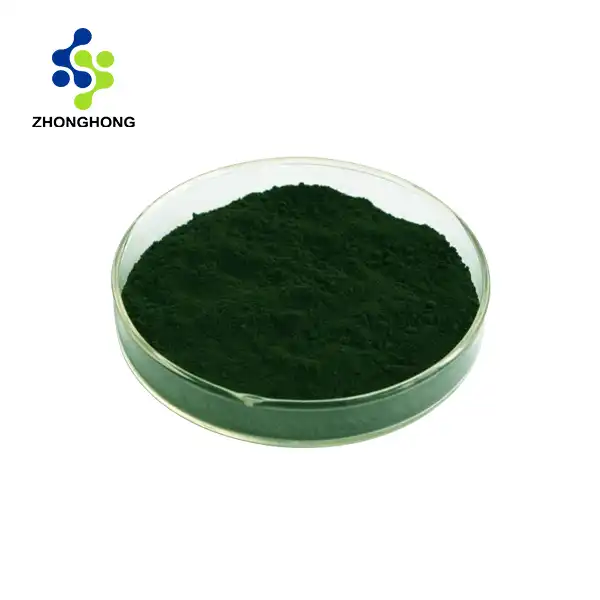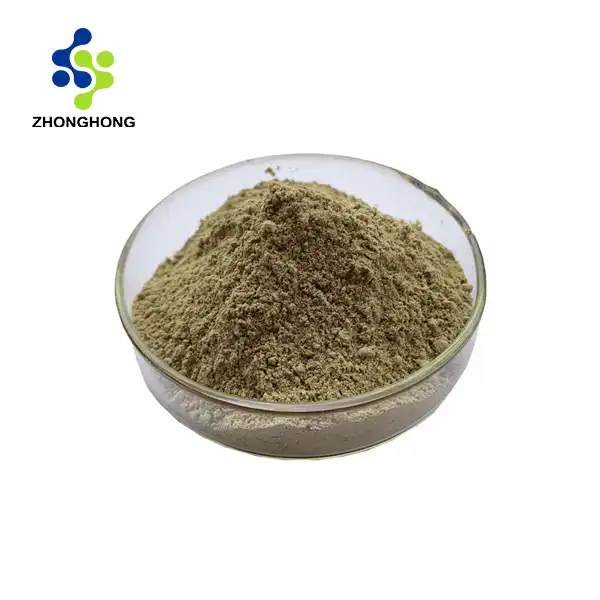What to Look for When Buying Butterfly Pea Powder?
Color and Purity
When selecting butterfly pea flower powder, the color is a crucial indicator of quality. Look for a vibrant, deep blue hue, as this suggests a high concentration of anthocyanins, the compounds responsible for the powder's distinctive color. Avoid powders that appear dull or grayish, as these may be of lower quality or contain fillers. Additionally, check the ingredient list to ensure you're getting pure butterfly pea flower powder without any additives or artificial colorants.
Particle Size and Texture
The texture of the powder can impact its solubility and overall performance in various applications. A fine, uniform particle size is ideal for smooth dissolution in liquids and even distribution in baked goods. Coarser powders may not blend as easily and could result in a gritty texture. When examining the powder, it should feel smooth and silky to the touch, without any visible clumps or large particles.
Sourcing and Processing
Consider the origin of the butterfly pea flowers and the methods used to process them into powder. Reputable suppliers will provide information about where their flowers are grown and how they are harvested. Look for powders made from flowers that are sustainably sourced and processed using gentle methods to preserve the plant's natural properties. Some companies may offer additional certifications, such as organic or fair trade, which can be valuable indicators of quality and ethical production practices.
Best Brands for Butterfly Pea Flower Powder
Blue Butterfly
Blue Butterfly has established itself as a leading brand in the butterfly pea flower powder market. Their powder is known for its exceptional color vibrancy and purity. Sourced from organic farms in Thailand, Blue Butterfly's product undergoes rigorous quality control measures to ensure consistency and potency. The company also provides detailed information about their sourcing and processing methods, which adds to their credibility.
Zen Spirit
Zen Spirit offers a premium butterfly pea flower powder that has gained popularity among health-conscious consumers. Their product is certified organic and is packaged in eco-friendly containers. Zen Spirit's powder is noted for its fine texture and excellent solubility, making it a favorite among mixologists and bakers. The brand also provides educational resources on the various uses and benefits of butterfly pea flower powder.
Thai Wisdom
Thai Wisdom is a brand that focuses on traditional Thai herbs and botanicals, including butterfly pea flower powder. Their product stands out for its authenticity and connection to Thai culture. Thai Wisdom sources its flowers from small-scale farmers in Thailand, supporting local communities while ensuring high-quality ingredients. Their powder is known for its rich flavor profile, which makes it particularly suitable for culinary applications.
Organic vs. Conventional Butterfly Pea Powder
Cultivation Practices
The primary difference between organic and conventional butterfly pea flower powder lies in the cultivation practices used to grow the flowers. Organic butterfly pea flowers are grown without the use of synthetic pesticides, herbicides, or fertilizers. Instead, organic farmers rely on natural pest control methods and soil enrichment techniques. Conventional cultivation may involve the use of chemical inputs to manage pests and enhance growth. When choosing between organic and conventional powder, consider your personal preferences regarding environmental impact and potential chemical residues.
Certification and Regulation
Organic butterfly pea flower powder must meet strict certification standards set by regulatory bodies such as the USDA in the United States or equivalent organizations in other countries. These certifications ensure that the product has been grown, harvested, and processed according to organic guidelines. Conventional powders are not subject to the same rigorous certification process, although they must still comply with food safety regulations. If organic certification is important to you, look for products that display official organic seals or certifications.
Price and Availability
Generally, organic butterfly pea flower powder tends to be more expensive than its conventional counterpart. This price difference reflects the additional costs associated with organic farming practices and certification processes. However, as demand for organic products grows, the price gap between organic and conventional options may narrow. In terms of availability, conventional butterfly pea powder is often more widely available and may offer a broader range of options. Organic varieties, while becoming increasingly common, may require more effort to source, especially from specialized retailers or online marketplaces.
Conclusion
Choosing the right butterfly pea blossom powder includes considering variables such as color, virtue, sourcing, and handling strategies. Whether you pick for natural or customary, selecting a high-quality item from a legitimate brand will guarantee you get the most out of this flexible and outwardly striking fixing. By understanding what to see for and weighing the masters and cons of distinctive alternatives, you can make an educated choice that adjusts with your needs and values. If you need to get more data around this butterfly pea flower powder, you can contact us at liaodaohai@gmail.com.
_1728976869676.webp)
